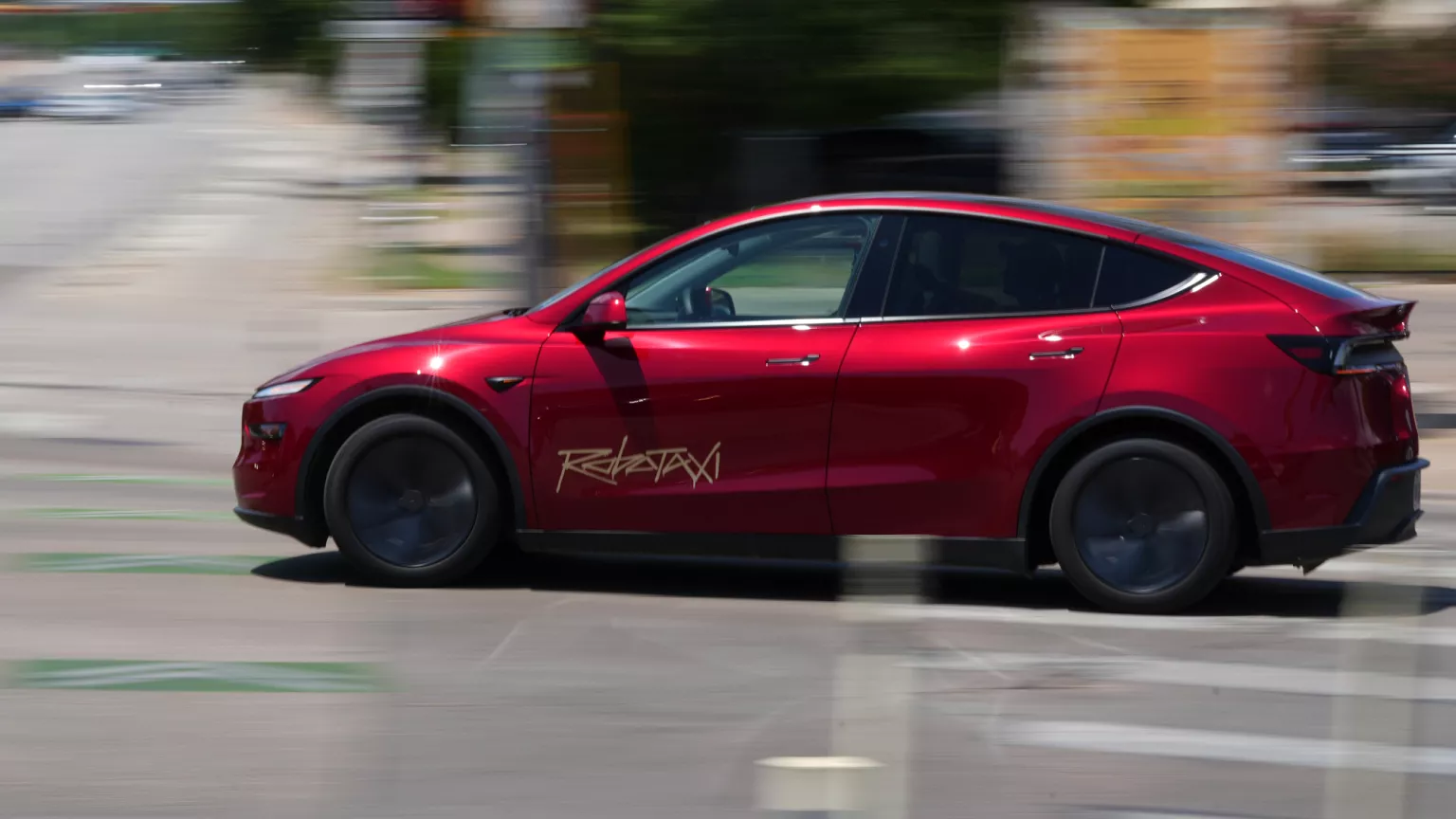Introduction
In a groundbreaking move, Tesla has officially launched its much-anticipated Robotaxi service, a step that marks a significant milestone in the evolution of autonomous driving technology. However, this launch has not come without its challenges, as federal auto safety regulators have begun investigating reports of erratic driving behavior from these vehicles. This article delves into the implications of Tesla’s new service, the regulatory scrutiny it faces, and the broader context of the autonomous vehicle industry.
What is Tesla’s Robotaxi Service?
Tesla’s Robotaxi service aims to provide a fleet of fully autonomous vehicles that can transport passengers without the need for a human driver. Using advanced AI and sensor technologies, Tesla’s Robotaxis are designed to navigate urban environments, respond to traffic conditions, and ensure passenger safety. This service is part of Tesla’s broader strategy to transform transportation and reduce the reliance on traditional car ownership.
Federal Investigation: What We Know
Almost immediately following the launch, the National Highway Traffic Safety Administration (NHTSA) announced it would be looking into reports of irregular driving patterns from the Robotaxi fleet. Some of the concerns raised include:
- Instances of sudden stops and unexpected maneuvers.
- Confusion in complex traffic situations.
- Inconsistent responses to traffic signals and signs.
The investigation highlights the importance of regulatory oversight as the industry moves towards fully autonomous vehicles. Tesla has stated that it is cooperating with investigators and believes that the data collected from the Robotaxi fleet will help improve the system.
Public Reaction and Concerns
The launch of the Robotaxi service has elicited mixed reactions from the public. Enthusiasts hail it as a revolutionary step towards a future of driverless transportation. However, safety advocates express concerns over the readiness of the technology, especially given the ongoing investigation.
Consumer trust is crucial for the success of autonomous vehicles, and incidents of erratic driving could undermine confidence in Tesla’s Robotaxi service. It is essential for Tesla to address these concerns transparently and effectively.
The Broader Context: Industry Trends
The launch of Tesla’s Robotaxi service comes at a time when the autonomous vehicle industry is experiencing rapid growth and innovation. Other companies, such as Waymo and Cruise, are also making strides in the field of self-driving technology. However, the industry is not without its hurdles:
- Technological Challenges: Developing reliable and safe autonomous systems remains a complex task.
- Regulatory Hurdles: Navigating the legal landscape and gaining approval for widespread deployment can be time-consuming.
- Market Competition: With multiple players entering the market, differentiation and consumer adoption are key.
In light of these factors, Tesla’s Robotaxi service could set a precedent for how autonomous vehicles are integrated into everyday life.
What This Means for Tesla
For Tesla, the launch of the Robotaxi service represents both an opportunity and a challenge. Successfully addressing the concerns raised by regulators and the public will be crucial for the company’s credibility and future growth. Additionally, as Tesla navigates this investigation, the outcome could influence how other companies approach the development and deployment of autonomous vehicles.
Conclusion
The launch of Tesla’s Robotaxi service has undoubtedly shaken up the transportation landscape, but it also underscores the complexities involved in bringing autonomous technology to market. As federal regulators delve into the reports of erratic driving, Tesla must work diligently to ensure the safety and reliability of its Robotaxi fleet. The future of autonomous driving may well depend on the lessons learned from this pivotal moment.

